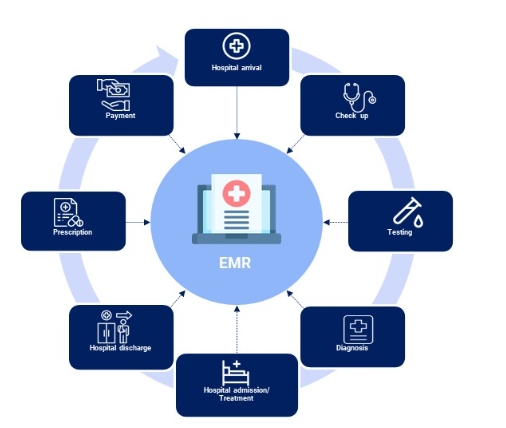In today’s fast-paced healthcare environment, efficiency and accuracy are key in providing high-quality patient care. One way to streamline patient care is by utilizing a comprehensive information system that centralizes and organizes important patient data.
Centralizing Patient Information
By implementing a comprehensive information system, healthcare providers can access all relevant patient information in one centralized location. This includes medical history, treatment plans, medications, lab results, and imaging studies. This eliminates the need to search through multiple systems or paper charts, saving time and reducing the risk of errors.
Improving Communication Among Healthcare Providers
With a comprehensive information system, communication among healthcare providers is streamlined. Providers can easily share patient information and collaborate on treatment plans. This ensures that all members of the care team are on the same page and can make informed decisions quickly.
Enhancing Patient Safety and Care Coordination
A comprehensive information system also improves patient safety by reducing the risk of medication errors and duplicate tests. Providers can quickly access a patient’s medication list and history, preventing adverse drug interactions. Additionally, care coordination is enhanced as providers have real-time access to information about a patient’s progress and treatment plan.
Empowering Patients to Take Control of Their Health
A comprehensive information system can also empower patients to take control of their health. Patients can access their medical records, schedule appointments, and communicate with their healthcare providers through a patient portal. This increased access to information and communication can lead to improved patient outcomes and satisfaction.
Providing Data for Performance Improvement
Lastly, a comprehensive information system provides valuable data for performance improvement initiatives. Healthcare organizations can analyze data trends to identify areas for improvement and enhance the quality of care provided to patients. This data-driven approach can lead to better outcomes and a more efficient healthcare system overall.
In conclusion, streamlining patient care with a comprehensive information system is crucial in today’s healthcare landscape. By centralizing patient information, improving communication among providers, enhancing patient safety, empowering patients, and providing data for performance improvement, healthcare organizations can deliver high-quality care efficiently and effectively.

